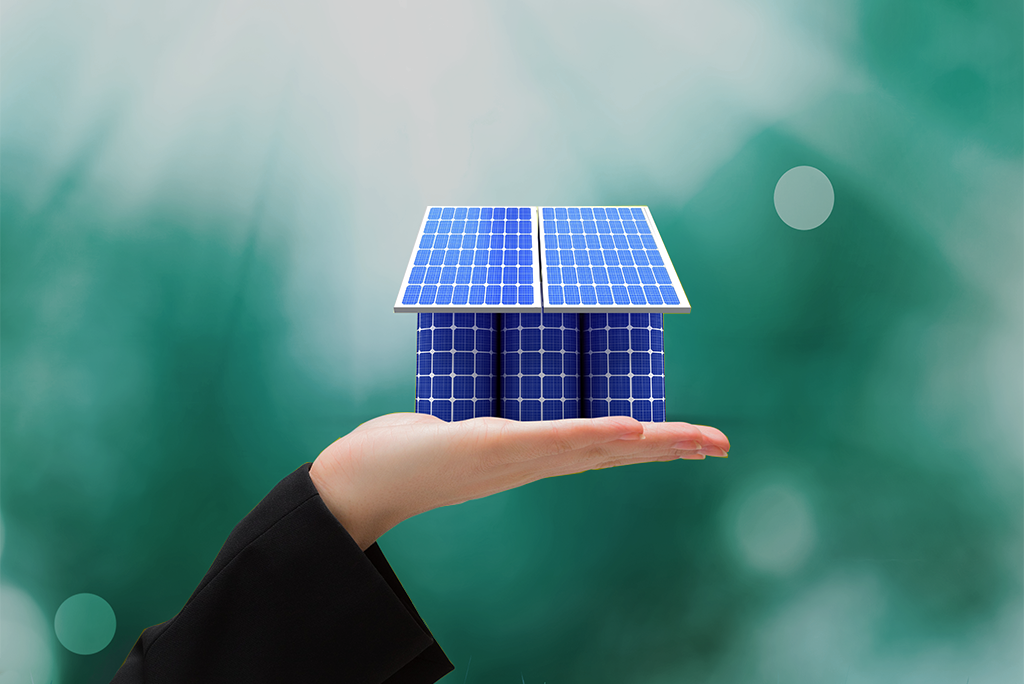
The future promises dramatic transformations in the way people make and consume energy. Many experts are turning to microgrids— small-scale, self-sustaining power networks unburdened by ties to a centralized power plant— as key agents of this transformation.
Microgrids provide everything from greater reliability and resilience to cleaner power and economic development. They’re designed to work in unison with distributed energy resources (DERs) that include solar panels, fuel cells, and battery storage. DERs are more reliable and potentially much cleaner than traditional methods.
As they grow in number and complexity, microgrids will require sophisticated digital automation and smart management in order to become reliable alternatives to the conventional grid. Today’s high proliferation of DERs often makes microgrids more complex than in the past.
Fortunately, advancements in information technology such as the Internet of Things (IoT) enable automated energy management. This can manage multiple components and changing conditions. A smart system makes full use of the IoT by embedding energy sources with sensors and electronics that connect it to both the microgrid and a cloud-based repository of real-time data. Based on these available parameters, the system can make decisions that optimize price, reliability, and the use of clean energy.
This new wave of digital data technologies is key to ensuring modern microgrids are sound investments.
Substituting Fossil Fuels
Biogas comes from any organic material found in landfills, sewage treatment, or bio-digesters. It’s known as a renewable natural gas, which can be used to create electricity. Biogas production turns existing raw products into usable energy resources.
Several companies are incorporating biogas as a means of fueling their on-site microgrids in order to help reduce their carbon footprint as well as cut back on their energy costs.
Bloom Energy, located in San Jose, California, is working with The Southern Company to power a biogas pilot at a landfill. Its 50-kilowatt Bloom Energy Server began delivering renewable baseload power into the local grid in February 2019.
eBay, also based in San Jose, installed about five Bloom Boxes on its main campus. The company says it’s now using 15% less electricity, which saves thousands of dollars in energy costs.
Another example is II-VI Incorporated, a maker of 3D sensing technologies. When II-VI set out to reduce its carbon footprint by installing a microgrid at its New Jersey manufacturing facility, Bloom Energy built a 2.5-megawatt power system for the company in nine months. Bloom’s solid oxide fuel cell technology can take natural gas or a biogas and converts it into electricity.
Bloom says its capacity factor is 90% compared to about 25% for solar energy and 40% for wind power.
“We are converting the chemical energy from methane in a single step to electricity,” says Bloom Vice President of Commercial Strategy, Asim Hussain. “When you do it in a single step, it is far more efficient. This is not a traditional combustion system. We emit a lot less CO2 and compared to the U.S. grid mix of energy resources, we reduce emissions by 50%.”
Of course, there’s a cost for converting organic material to biogas. Renewable natural gas is more expensive than natural gas. However, using cleaner energy can provide both environmental and economic benefits as the technology becomes more widespread and the associated cost falls over time.
What’s Next
Nearly 2,000 microgrids are currently operating in the United States alone. According to Navigant Research, about 500 new microgrid projects have been deployed around the world within the last six months. Microgrids are shaping up to be the next frontier in electrical engineering.
Make sure your staff is ready for the latest technologies associated with smart grid development and implementation. IEEE’s four-course Modernizing the Smart Grid program, available now, is designed to get your team up-to-date quickly.
Connect with an IEEE Content Specialist today to get access to this program for your organization.
Additionally, IEEE Standard 1547-2018, which determines how DER devices are designed and tested, is a key component in the future of microgrids. It will also define how DERs will be integrated into the power system going forward.
Help your engineers learn how to best implement this important standard with Introduction to IEEE Standard 1547-2018: Connecting Distributed Resources. This on-demand, six-course program is coming soon. Learn more about how to gain access.
Resources
Silverstein, Ken. (23 May 2019). Are Microgrids Powered By On Site Green Energy The Next Big Thing? Forbes.
Nordloh, Dan. (1 Feb 2018). Making Modern Microgrids Work. Renewable Energy World.


[…] areas. The most widely used desalination processes use reverse osmosis. Although reverse osmosis is energy efficient, it doesn’t work well on water with very high saline contents. Other desalination […]
[…] enormous benefits. Distributed energy collection assets (such as solar panels) are essential to increase the use of green energy, which helps the environment and can reduce costs. Furthermore, consumers have greater insight into […]
[…] Why Microgrids Are On-Trend for the Future of Green Energy The future promises dramatic transformations in the way people make and consume energy. Many experts are turning to microgrids—small-scale, self-sustaining power networks unburdened by ties to a centralized power plant—as key agents of this transformation. […]
[…] more people are working from home, which saps even more energy from the grid. As pandemics and climate change-induced disasters heat up, so will the demand for microgrids. This technology can help keep emergency […]
[…] larger networks to supplement power. Since they are small and supply energy to local communities, microgrids can be powered by green energy technology like wind and solar. Microgrids come in handy during power outages, as they can be “islanded,” or disconnected from […]